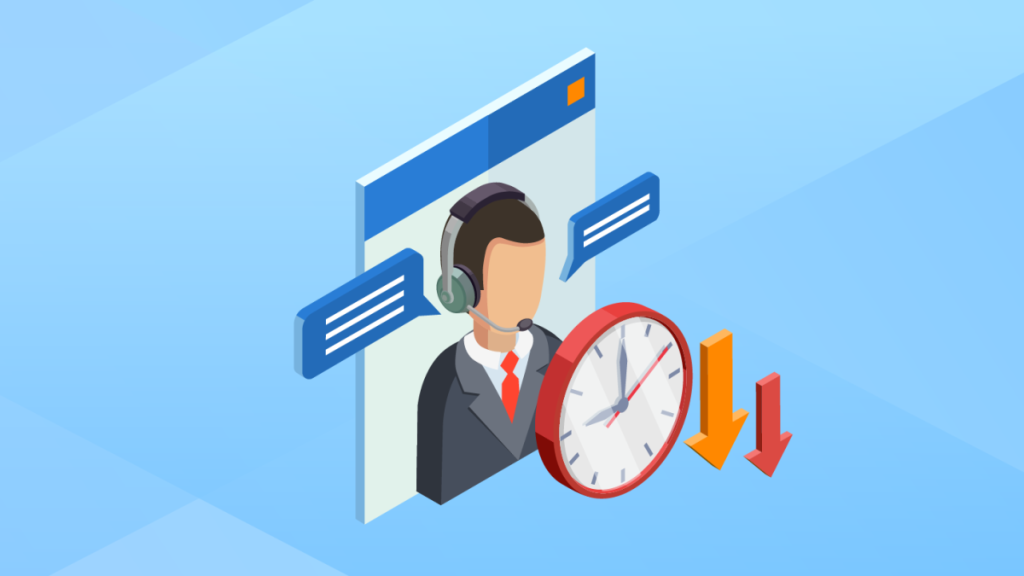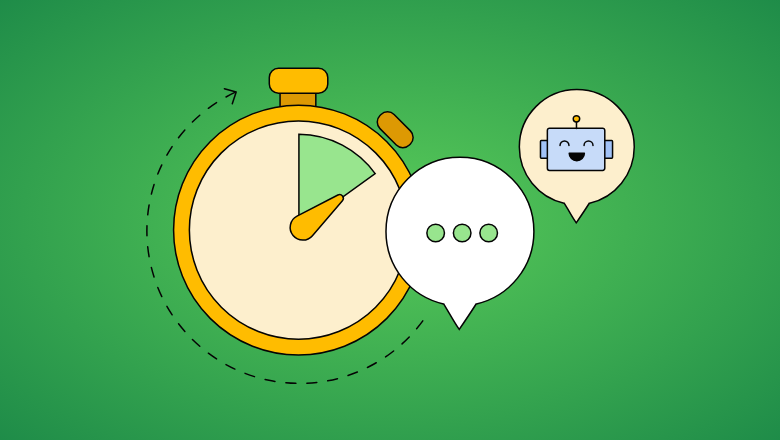A slow customer service response time can lead to customer churn. For businesses striving to deliver exceptional customer experiences, reducing customer service response time is not just beneficial—it’s crucial. Fortunately, improving your response time is achievable through strategic implementation of proven methods. This article will delve into 10 proven strategies to drastically reduce customer service response time, enabling you to enhance customer satisfaction.

1. Implement a Help Desk Software
One of the most impactful strategies to reduce customer service response time is to implement a robust help desk software. A help desk system acts as a central hub for all customer inquiries, streamlining the support process from ticket creation to resolution. Features like automated ticket routing, prioritization, and tracking ensure that no request falls through the cracks and agents can efficiently manage their workload. According to a report by Zendesk, companies using help desk software often see significant improvements in response times and customer satisfaction scores. Investing in a help desk solution is a foundational step in optimizing your customer service efficiency and directly addressing the issue of slow response times.
2. Leverage Canned Responses for Common Queries
Repetitive questions consume valuable agent time and contribute to longer response times. Creating a library of canned responses, or pre-written answers, for frequently asked questions can dramatically accelerate your response process. These templates can be easily personalized and deployed, ensuring consistent and quick answers to common inquiries. Whether it’s about shipping policies, password resets, or basic product information, canned responses empower agents to resolve simple tickets swiftly, freeing them up to focus on more complex issues. This strategy not only reduces average response time but also ensures consistency in messaging and information provided to customers.
3. Build a Comprehensive Knowledge Base & FAQ Page
Empower customers to find answers themselves and reduce the volume of incoming inquiries by building a comprehensive knowledge base and FAQ page. A well-structured knowledge base provides self-service resources, allowing customers to resolve common issues independently. This proactive approach significantly reduces the number of tickets requiring agent intervention, directly impacting response times for more complex issues. Studies show that a large percentage of customers prefer self-service options when available. By providing easily accessible and helpful information, you not only reduce customer service workload but also enhance customer autonomy and satisfaction.
4. Integrate Live Chat for Real-Time Support
For immediate assistance, live chat is an indispensable tool. Integrating live chat on your website or app offers customers real-time support, allowing them to get instant answers and resolve issues quickly without waiting for email responses or phone callbacks. Live chat is particularly effective for handling urgent queries and providing on-the-spot assistance during the customer journey. Research consistently shows that live chat boasts some of the highest customer satisfaction rates due to its speed and convenience. Implementing live chat is a powerful way to drastically reduce perceived response time and offer a superior customer experience.
5. Embrace Omni-channel Customer Service
Customers interact with businesses across various channels, including email, phone, social media, and chat. An omni-channel customer service approach ensures seamless and consistent support across all these channels. By integrating your communication channels, you provide agents with a unified view of customer interactions, regardless of the channel used. This eliminates information silos, prevents duplicated efforts, and ensures faster, more informed responses. Omni-channel strategies are crucial for meeting modern customer expectations for convenient and efficient support, ultimately reducing response times and improving overall experience.

6. Invest in Thorough Employee Training
Your customer service team is the frontline of your business, and their efficiency directly impacts response times. Investing in comprehensive and ongoing training is essential. Equip your agents with the knowledge, skills, and tools they need to handle inquiries effectively and efficiently. Training should cover product knowledge, communication skills, problem-solving techniques, and the proper use of support tools and systems. Well-trained agents are more confident, capable, and quicker in resolving customer issues, directly translating to reduced response times and improved service quality.
7. Prioritize First Contact Resolution (FCR)
First Contact Resolution (FCR) is a key metric in customer service and a critical strategy for reducing overall response time. FCR focuses on resolving customer issues completely during the first interaction, eliminating the need for follow-up communication and back-and-forth exchanges. By empowering agents to resolve issues on the first touch, you significantly reduce the total time taken to address customer needs. Strategies to improve FCR include providing agents with sufficient authority, access to necessary information, and effective problem-solving training. A high FCR rate leads to faster resolution times and increased customer satisfaction.
8. Measure and Analyze Average Response Time (ART)
You can’t improve what you don’t measure. Regularly track and analyze your Average Response Time (ART) to understand your current performance and identify areas for improvement. Monitoring ART provides valuable insights into the efficiency of your support processes and the effectiveness of your strategies. By analyzing ART data, you can pinpoint bottlenecks, identify areas where agents might need additional training, and assess the impact of implemented changes. Tools within help desk software often provide detailed analytics on response times, enabling data-driven optimization of your customer service operations.
9. Be Proactive with Customer Service
Don’t wait for customers to reach out with problems. Be proactive in anticipating and addressing their needs. Proactive customer service can take many forms, such as sending proactive emails about known issues. By proactively addressing potential problems before they escalate or become support tickets, you can significantly reduce the overall volume of reactive inquiries and improve your overall response time. Proactive support demonstrates care and anticipates customer needs, leading to enhanced customer loyalty and reduced strain on your reactive support channels.
10. Automate Routine Tasks and Workflows
Automation is a powerful tool for streamlining customer service operations and reducing response times. Identify routine and repetitive tasks that can be automated, such as ticket routing, initial responses, follow-up reminders, and data entry. Automating these tasks frees up agents to focus on more complex and critical issues, allowing them to respond to customers more quickly. Workflow automation within help desk software can significantly enhance efficiency, reduce manual effort, and contribute to faster response times and improved agent productivity.

Reducing customer service response time is a multifaceted endeavor, but by implementing these 10 proven strategies to reduce customer service response time, you can make significant strides in improving your customer service efficiency and enhancing customer satisfaction. From investing in help desk software and leveraging automation to training your team and prioritizing proactive support, each strategy plays a crucial role in creating a faster, more responsive, and ultimately, more customer-centric support experience. Embrace these strategies and witness a positive transformation in your customer service performance and your overall business success.
You can also read:
How to Add a DeepSeek Chatbot to Your Website in Three Steps




